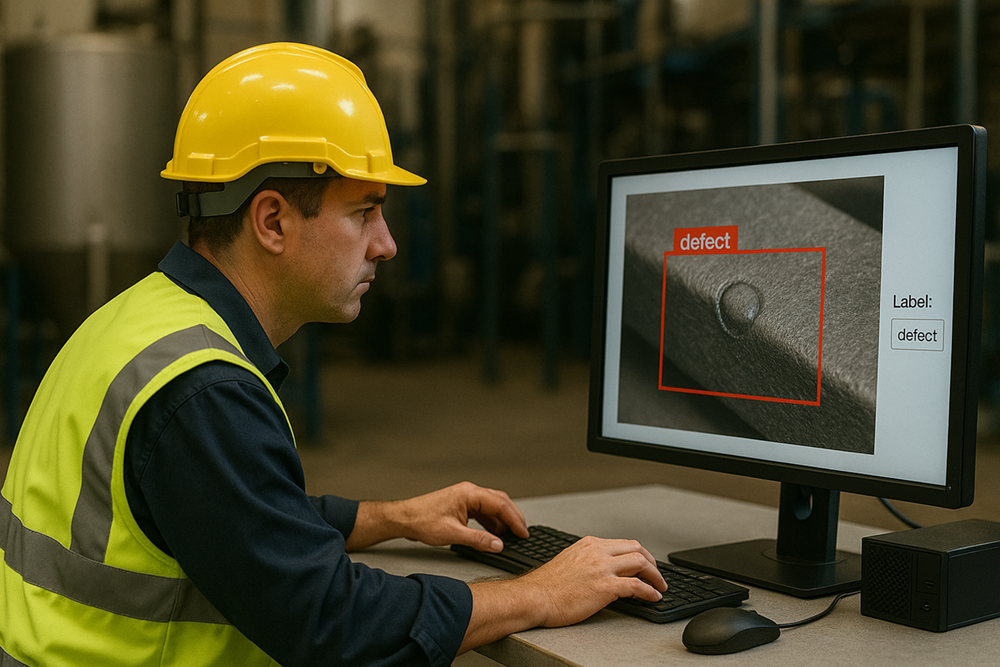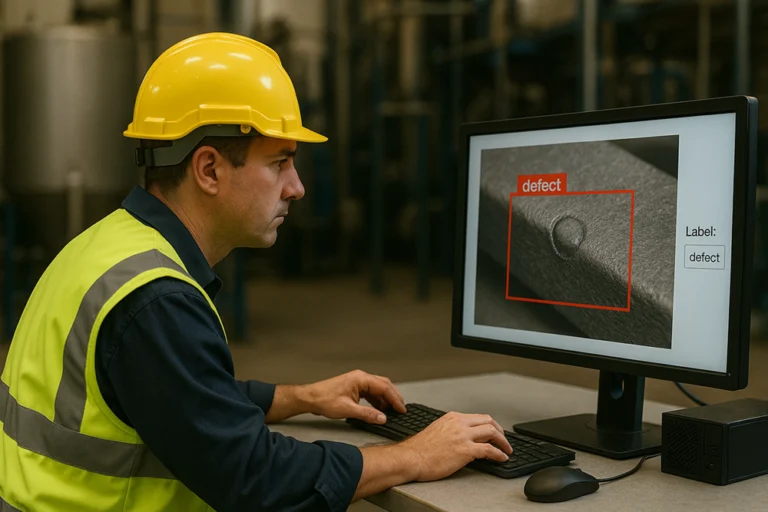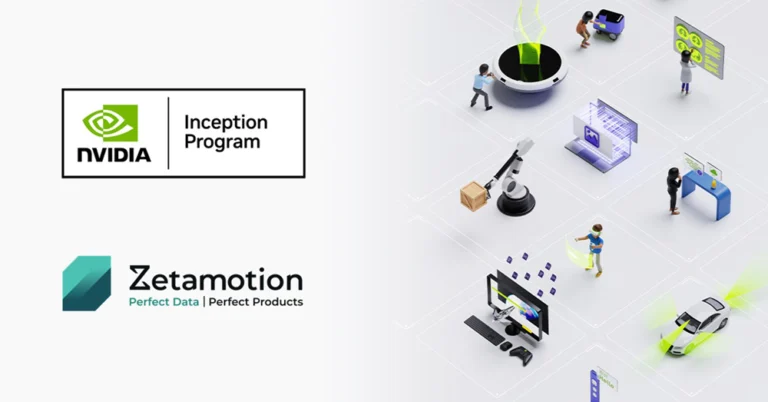Anyone who has tried to deploy an Automated Visual Inspection system knows the pitfalls. Collecting huge datasets. Labeling every defect by hand. Watching performance collapse when products change. It is exhausting.
But when synthetic data enters the picture, the story changes. Suddenly, the hurdles that once made inspection automation feel impossible become the very areas where AI systems shine the brightest. Let us look at three real-world scenarios that came up in our recent webinar.
1. When You Have Limited Data
Imagine a manufacturer launching a new product. The line is just getting started, so you do not yet have thousands of samples to train an inspection system. Conventional AI models would be stuck, unable to generalize from a handful of examples.
This is where synthetic data makes a difference. By scanning just a few good samples, a system like Spectron can generate the thousands of variations needed for training. Instead of waiting months to build a dataset, you can have an inspection-ready model in days. The result is faster ramp-up and consistent quality from the very first units off the line.
2. When Products Are Non Uniform or Noisy
Some products simply are not neat and tidy. Think about composite glass panels with natural fiber strands, sheet metal with glare issues, or textured plastics. No two units look exactly alike, and surface noise can confuse conventional vision systems.
Human inspectors can use judgment, but AI without synthetic data tends to over reject, flagging harmless variation as defects. Synthetic data solves this by simulating the expected noise and teaching the model what to ignore. The system learns that a swirl pattern in the material is acceptable, but a crack is not. Instead of being paralyzed by variability, the AI becomes more discerning, just like an experienced human inspector.
3. When There Are Many Variants
Automotive suppliers, electronics assemblers, and packaging plants often face another headache: too many variants. Each new SKU brings new geometries, finishes, and tolerances. Training a separate conventional AI model for each one would take months of labeling.
Synthetic data flips that model. Once the base geometry is scanned, the system can generate defect scenarios across all variants automatically. You do not need to rebuild datasets every time a new variant hits the line. This keeps inspection systems scalable, even in environments where variety is the norm.
Closing Thought
Synthetic data is not just a clever workaround. It is a paradigm shift. Where conventional AI inspection systems stumble over lack of data, surface noise, or endless product variants, synthetic data powered systems thrive.
At Zetamotion, we see this every day with customers using Spectron to handle complexity that would otherwise overwhelm inspection teams. If you are facing one of these three challenges, take a look at our Synthetic Data for Quality Inspection guide to learn more.




